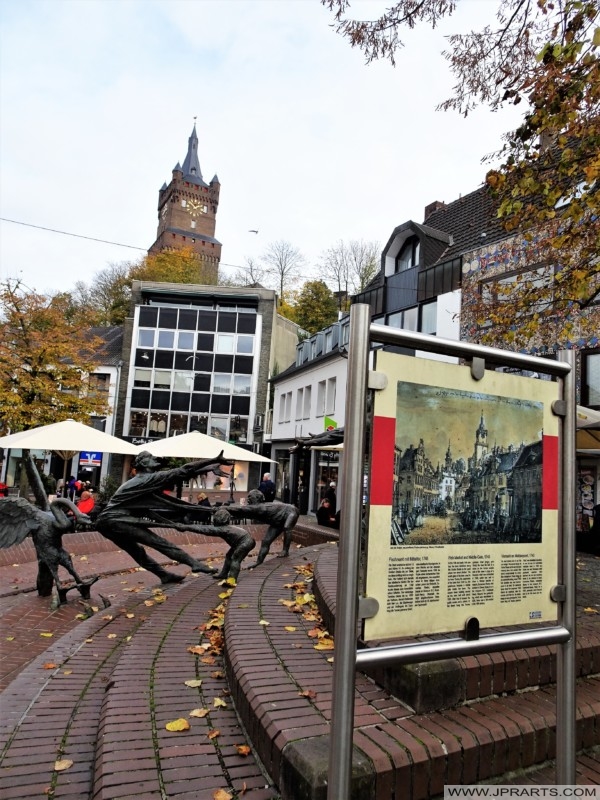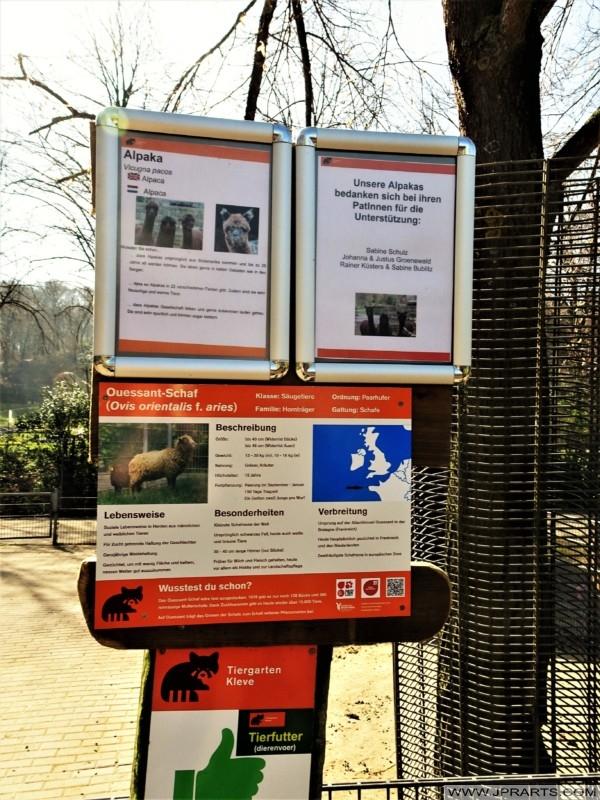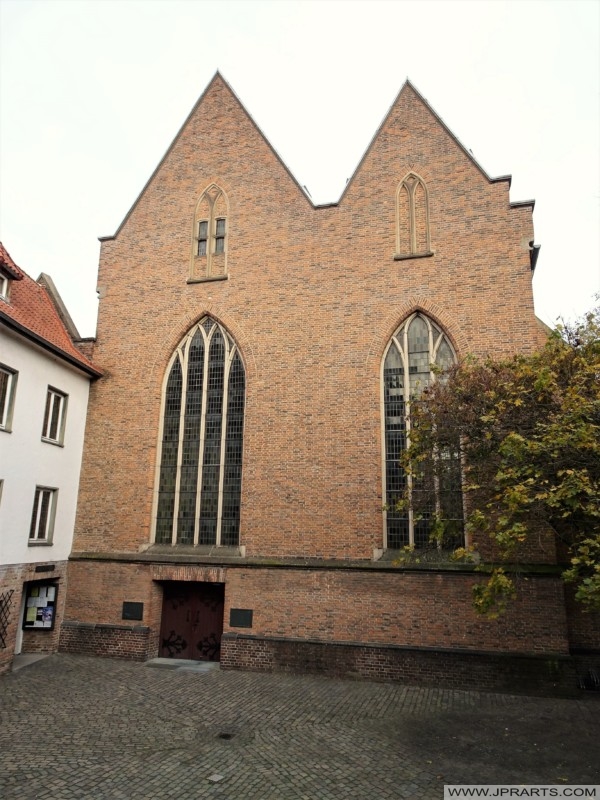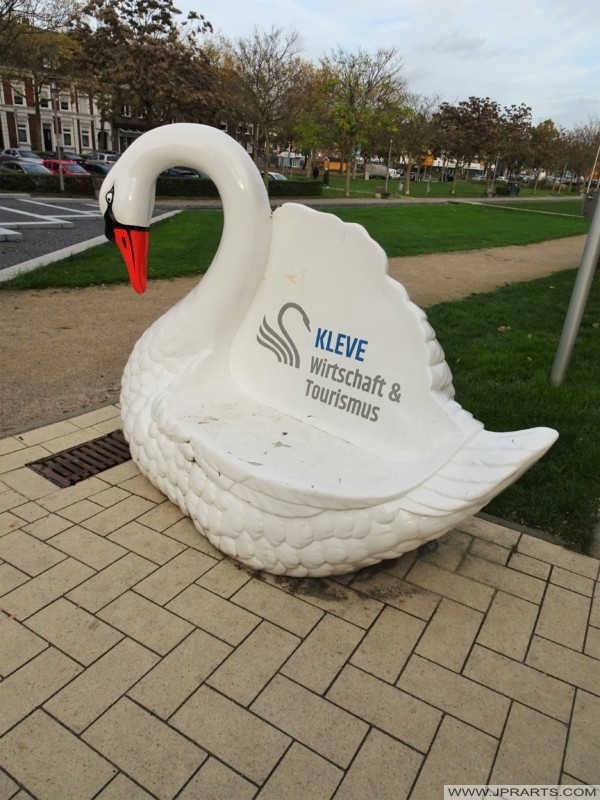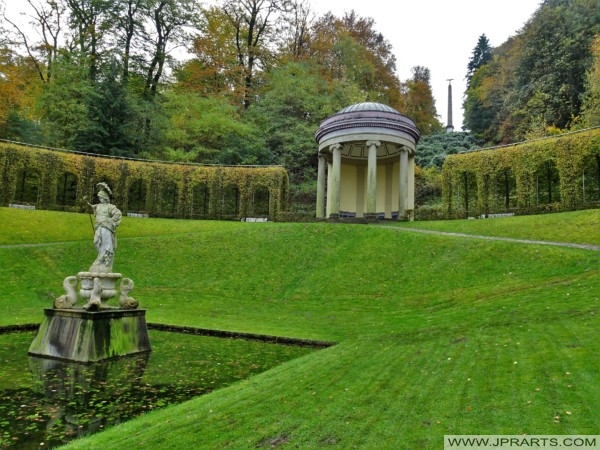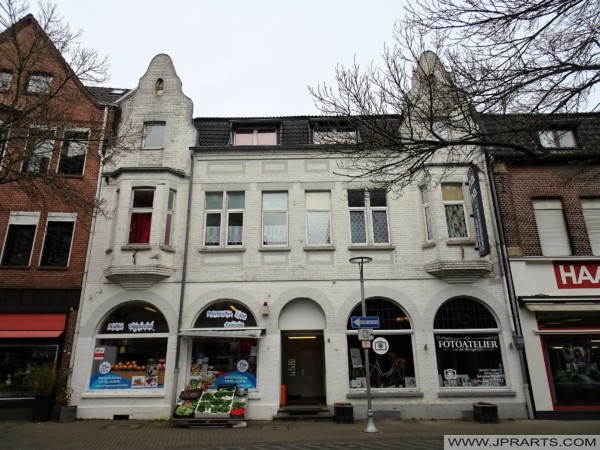Kleve is a town in the Lower Rhine region of northwestern Germany near the Dutch border and the River Rhine. From the 11th century onwards, Cleves was capital of a county and later a duchy. Today, Cleves is the capital of the district of Cleves in the German state of North Rhine-Westphalia. The city is home to one of the campuses of the Rhine-Waal University of Applied Sciences. In addition to the inner city, the territory of Kleve comprises fourteen villages and populated places: Bimmen, Brienen, Donsbrüggen, Düffelward, Griethausen, Keeken, Kellen, Materborn, Reichswalde, Rindern, Salmorth, Schenkenschanz, Warbeyen and Wardhausen.
Kleve, Germany
Cléveris, Alemania
The name Kleff probably derives from Middle Dutch clef, clif ‘cliff, bluff’, referring to the promontory on which the Schwanenburg castle was constructed. Since the city’s coat of arms displays three clover leaves (German Klee, Low German Kliev), the city’s name is sometimes linked by folk etymology to the clover, but the corresponding Dutch word is klaver. Notably, Kleve was spelled with a C throughout its history until spelling reforms introduced in the 1930s required that the name be spelled with a K.
The Schwanenburg Castle, which was the residence of the Dukes of Cleves, stands on a steep hill. It is located at the northern terminus of the Kermisdahl where it joins with the Spoykanal, which was previously an important transportation link to the Rhine. The old castle has a massive tower, the Schwanenturm 180 feet (55 m) high, that is associated in legend with the Knight of the Swan, immortalized in Richard Wagner’s Lohengrin.
Kleve, Deutschland
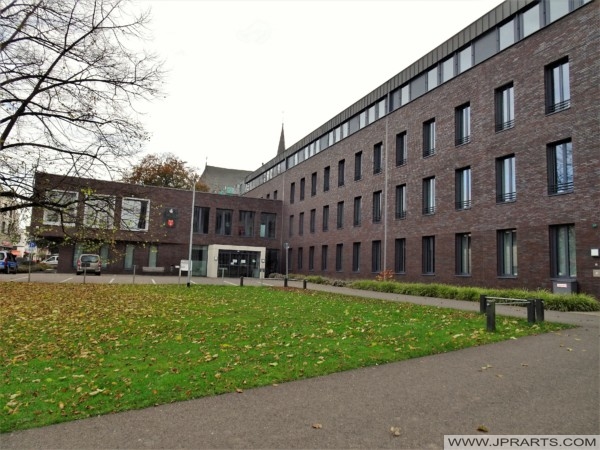
德国克莱夫

Клеве, Германия
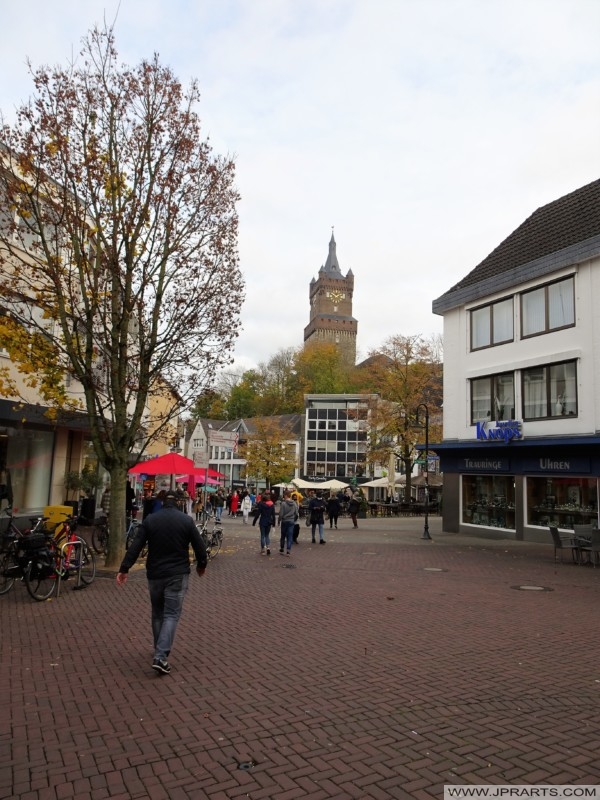
Clèves, Allemagne
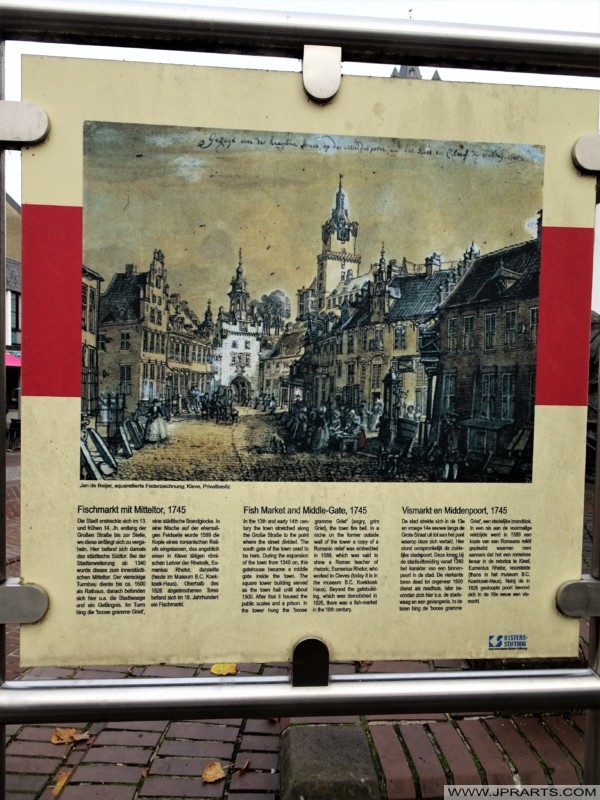
Kleve’s most famous native was Anne of Cleves (1515–1557), daughter of John III, Duke of Cleves and (briefly) the fourth wife of Henry VIII of England. Several local businesses are named after her, including the Anne von Kleve Galerie.
During the Thirty Years’ War the city had been under the control of the Dutch Republic, which in 1647 had given Johann Moritz von Nassau-Siegen administrative control over the city. He approved a renovation of Schwanenburg Castle in the baroque style and commissioned the construction of extensive gardens that greatly influenced European landscape design. Significant amounts of his original plan for Kleve were put into effect and have been maintained to the present, a particularly well-loved example of which is the Forstgarten (Forest Garden). In 1701, Cleves became part of the Kingdom of Prussia.
كليف ، ألمانيا
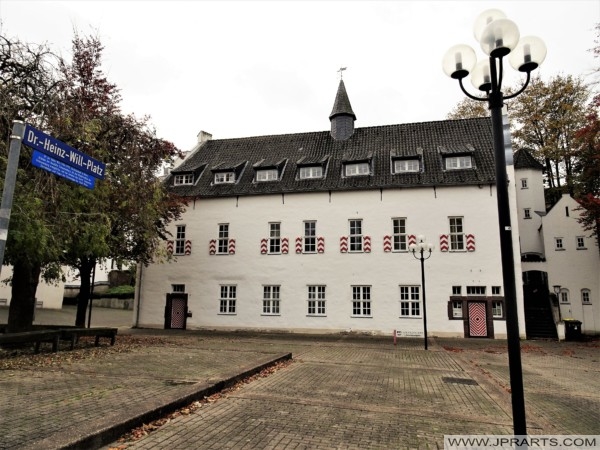
Kleef, Duitsland
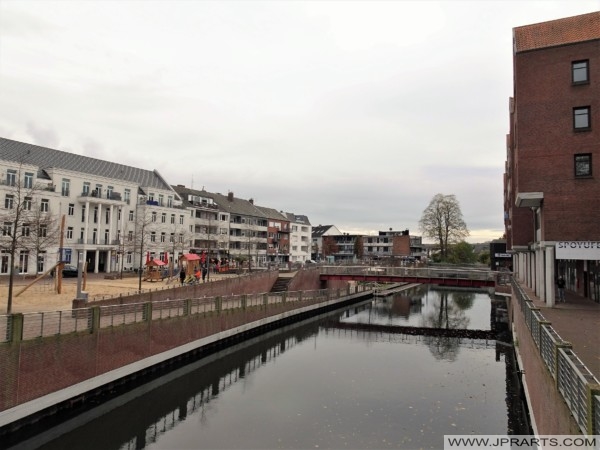
クレーヴェ、ドイツ
During the War of the First Coalition, Cleves was captured by French Revolutionary troops on 19 October 1794. In 1795 it was incorporated into the Roer department, which became part of the Cisrhenian Republic in 1797, which in turn was formally annexed by the French First Republic in 1802, becoming the French First Empire in 1804. Prussia retrieved the city in 1815. The mineral waters of Kleve and the wooded parkland surrounding it made it a fashionable spa in the 19th century. At this time, Kleve was named “Bad Cleve” (English: Spa of Cleves).
Kleve was heavily bombed during the Second World War, and over 90% of buildings in the city were severely damaged. Most of the destruction was the result of a raid late in the war in 1945. As a result of the bombing, relatively little of the pre-1945 city remains. Those structures spared include a number of historic villas built during the heyday of the spa Bad Kleve, located along the B9 near the Tiergarten (Zoo). Of those buildings destroyed, many were reconstructed, including most of the Schwanenburg and the Stiftskirche, the Catholic parish church.
קלווה, גרמניה
Visit Germany Travel to Book Flights and Hotels Cheap Online
Visit the Cheap Webshop to Read and See more about this Topic


